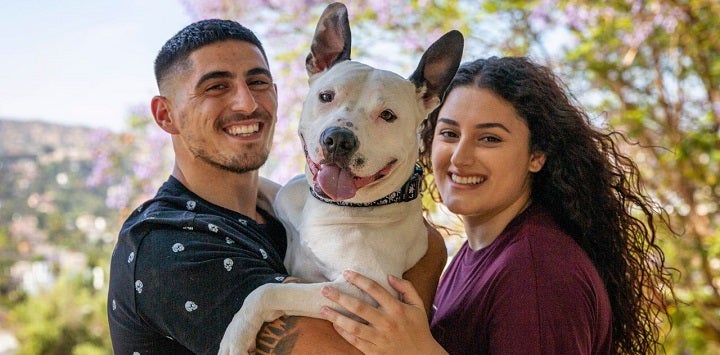
Pet Adoption: Barriers and Solutions*
When potential pet adopters search for a new family member online or in person, they often encounter the following barriers during each phase of the adoption process.
Phase 1: During the initial search, adopters can’t find:
- The kind of pet or breed that they want.
- Pets located near them (in their city or state).
- Detailed information about pets, including photos, health and behavior histories or descriptions of pet’s personalities.
Phase 2: When inquiring about an individual pet, many adopters run into shelters or rescues that:
- Don’t respond to their questions via phone or email or are delayed in responding.
- Refuse to provide details about a pet until an adoption application is submitted and approved.
- Refuse to place a pet outside of their geographic location.
Phase 3: When applying to adopt, many find that the applications:
- Have extensive and strict requirements and/or are very lengthy.
- Are rejected based on criteria, e.g. the adopter doesn’t have a yard or works long hours.
- Require additional steps (background search, home checks, references) before being approved or denied.
How rescues and shelters can improve the adoption process
- Post photos and bio info online for each pet. Make sure bios are upbeat and positive; don’t dwell on problematic issues or details about “the right home.” These things are better discussed once someone shows interest.
- Make information about pets available in multiple locations (e.g., the organization’s website, Petfinder, Adopt-A-Pet).
- Reply promptly to all adoption requests. If you have a backlog or delay, make sure to communicate this to the public so they don’t feel ignored.
- Simplify your adoption application and process to request minimal information and use a conversation-based process to make matches.
- Take out “elimination” questions like “must have a fenced yard.” A dog who needs a lot of exercise might be a better fit for someone without a yard because the family will be engaged in the dog’s needs by providing lots of walks and playtime.
- Don’t require interested parties to fill out an application or receive adoption approval before they can see information about the pets available.
- Expedite releasing the pet to its new home. Consider offering foster-to-adopt options or daytime outings so that people can have some hands-on time outside of the shelter to make sure it’s a good match.
* Based on results from a two-part, qualitative research study conducted by Best Friends in 2016 to understand the pet acquisition process and existing barriers (real or perceived) to adoption, and to assess potential solutions to overcome those barriers.